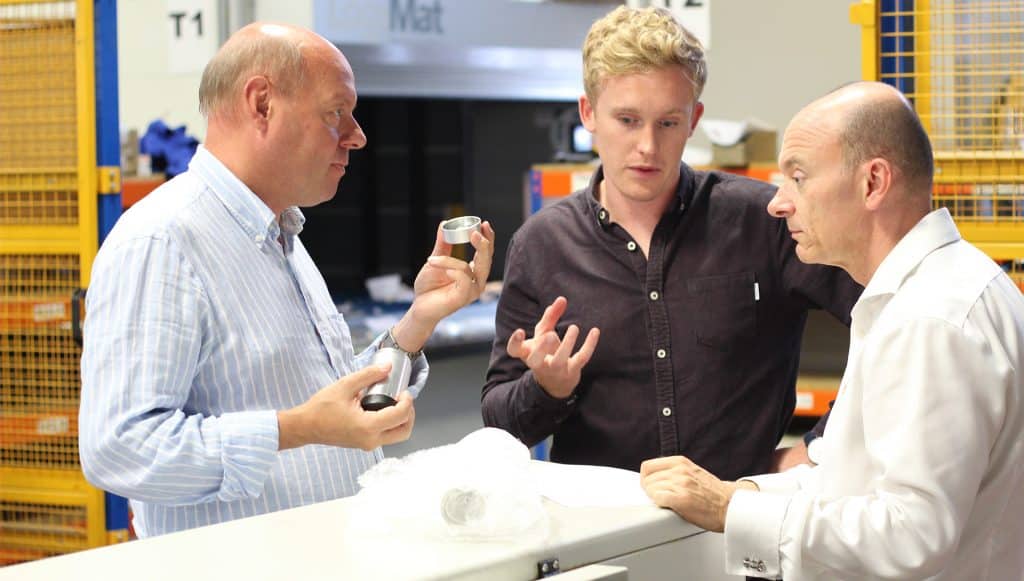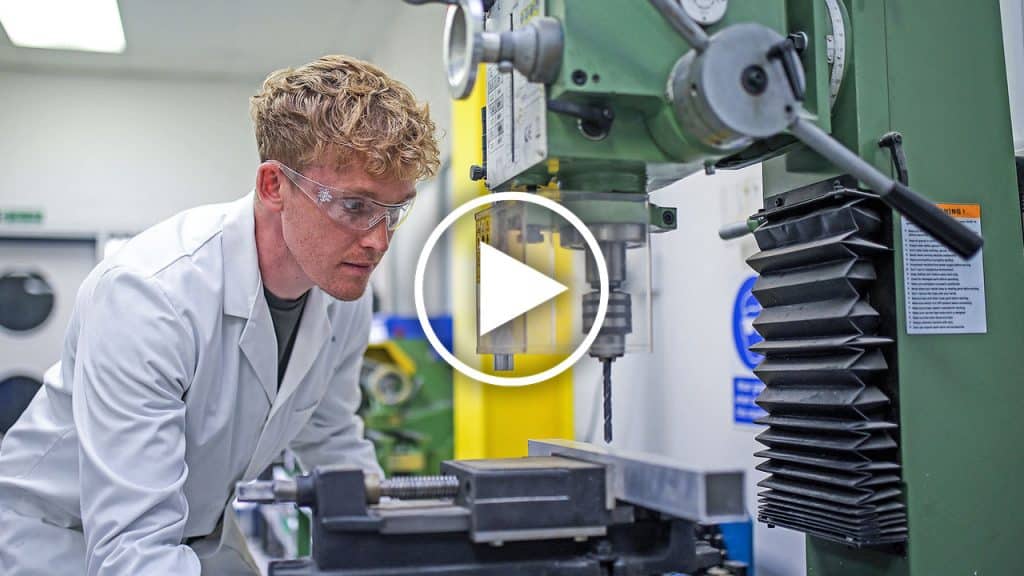One of the most critical but often expensive parts of the product development journey is prototyping the innovative idea. Prototyping will reveal the hidden challenges and issues with the product idea whilst also giving you the first look and feel in physical form. It rarely ever makes financial sense to delay until the manufacturing phase to identify problems, which could have been discovered and resolved in prototyping quicker and for a lower cost.
Prototyping makes great business sense and critical to effective product development.
Here is a list of the further benefits of investing in a prototype of your new product idea.
- Modify the design. We’ve already discussed this issue, but it deserves additional discussion. On paper or on a computer screen, design’s shortcomings aren’t always apparent. When you create the prototype, you will be able to test the functionality, ergonomics and other key requirements of the prototype in hand and see what elements are working and what needs to be improved. This is also an opportunity to collect more precise needs and gather feedback from customers through market research tools like focus groups. It might also be appropriate to gather feedback from retailers, distributors and any key stakeholders in your team such as investors.
- Change the colours, textures and shapes. Once you have a clear picture of your item, ask yourself: What could you make in order to increase its attractive to buyers? This can be done using rendering of virtual models in CAD but is often best confirmed in reality, via a prototype, before production.
- Provides quality assurance. When you test your prototype you are able to detect any flaws that could cause imperfections in the product. You can create tests for quality assurance and standards prior to rolling out production.
- Test an acceptable level of tolerance. Here is your opportunity to determine if modifications to design could help make the process more cost-effective by being able to specify less exact tolerances on certain parts or surfaces.
- Find out the real price in production. Prototypes can help engineers understand the quantity of material required that allows them to precisely calculate the cost per unit of manufacturing their product. They can also be used to confirm the assembly time in production to provide more accurate quotes for this key part of unit costing.

- Improve the quality of the product. Prototypes allow you to check for structural weaknesses within your product which could cause problems with performance. You can address the issue immediately and resolve before production where these issues could be costly to resolve.
- Find efficiencies and save. At this point you should review your process and determine how you can combine components or speed up assembly times to lower labour, equipment, and raw materials costs.
- Identify manufacturing tooling and jig requirements. After you’ve created your initial prototype, you might realise that there is a more efficient design to reduce of your tooling and specialist equipment in manufacture.
- Solve disputes. In the event that your team and/or your product designers are not in agreement with regards to the design of the product, prototyping often helps discover which features are the most effective and the reasons for that. This helps to optimise the design, resulting in the best product for your target market.
Prototyping is used in many industries including automotive, military, healthcare, consumer product and electronics prior to commencing production. The initial prototypes are usually expensive and take months to get right, however they are critical to reduce issues and test functionality, form and ergonomics before moving into the production phase.
